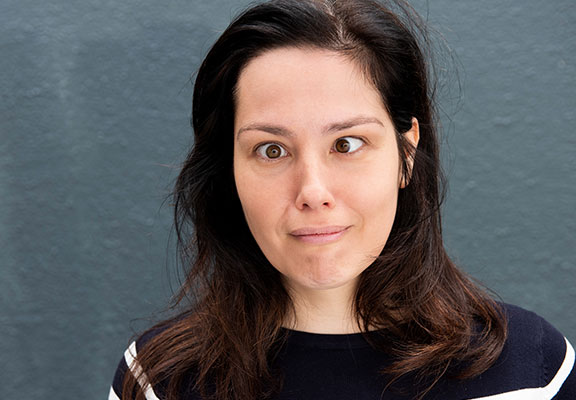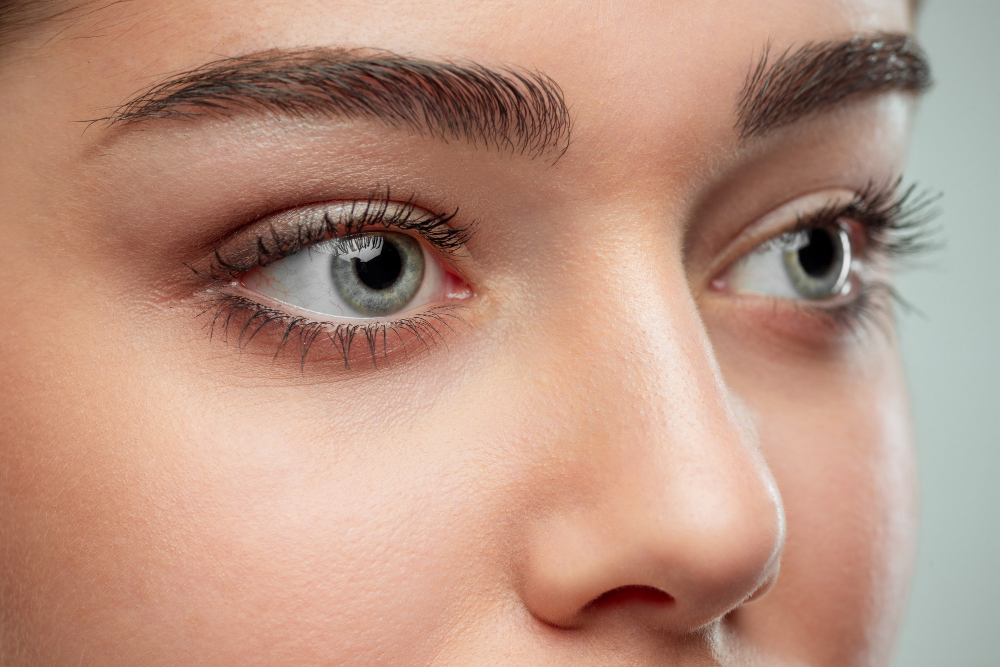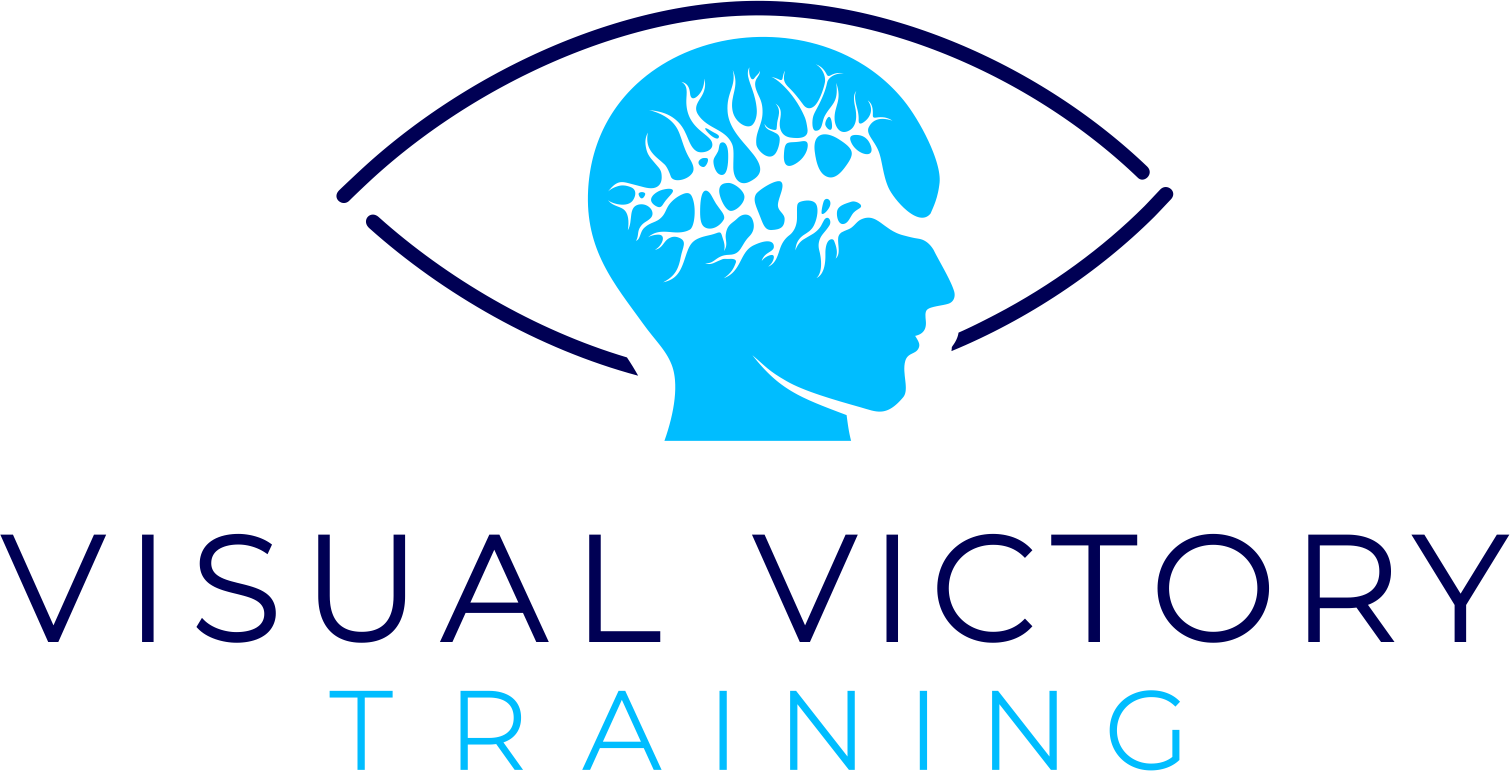
Lazy Eye is a Common Name for both Strabismus & Amblyopia
Lazy Eye” is a term commonly used to describe both Amblyopia and Strabismus (Eye Turn).
Amblyopia means “dull sight” and refers to a condition whereby one eye sees poorly out of that eye and it does not correct to good vision with any type of glasses of contact lenses. This can cause an eye to turn (or Strabismus) but an eye turn doesn’t always occur.
Signs of Amblyopia
“Lazy Eye,” or Amblyopia, is easy to miss because there are very few symptoms.
Lazy Eye means that the eye sees poorly, even with eyeglasses. Usually when people see an eye that doesn’t seem to line up correctly, they think that is a “lazy eye.” In fact, that is a condition called an eye turn, or Strabismus. It is important to understand that while amblyopia and strabismus often occur together, you won’t always see an eye wander off when someone has amblyopia.
Some early symptoms that might indicate that there is a problem include:
- Slow reading
- Difficulty judging distances when driving
- Difficulty in catching or hitting a ball
- Occasional or intermittent double vision
- Difficulty seeing 3D movies.
Being able to see 3D is not just a fun thing to do in the movies, it is important for everyday life.As an example, we use 3-dimensional vision to:
- ride a bicycle
- walk downstairs
- play sports
- and for all activities that require good eye-hand coordination
- Difficulty seeing 3D movies.
Being able to see 3D is not just a fun thing to do in the movies, it is important for everyday life. - Clumsy: If you always knock over things, are clumsy or have sloppy handwriting, these could also be signs of a vision problem.

Strabismus
Strabismus is commonly referred to as a “crossed eye” or “wandering eye”. It is a visual condition in which a person is unable to line up both eyes simultaneously. When the eyes do not point at the same point or object at the same time, the result is the appearance of one eye turning in a different direction in relationship to the other. A person with strabismus has difficulty using both eyes together correctly.
Whether the eye turn is constant or intermittent, strabismus always requires treatment. It will not go away on its own, and children will not outgrow it. But the good news is that it can be treated at any age – even for adults!
Strabismus can occur as a result of a head injury or can be acquired as a child. We see many patients who have struggled with eye turns since childhood. Some eye turns are not that big but cause tremendous difficulty with reading or functioning in daily life; similar to the larger, more visible, eye turns.
Often adults have had several eye surgeries over time in an attempt to “straighten” the direction the eye is pointing. While this may provide what is called a cosmetic fix – meaning it may look better, it doesn’t always result in good visual function where the individual is able to use both eyes together correctly. In addition, over time the eye can turn again.
Treatment for Strabismus & Amblyopia
Treatment for amblyopia is different depending on which doctor you see. Some will tell you that nothing can be done after age 7 or 9. However, new research is confirming what we have known for years; thanks to optometric vision therapy, it is never too late to treat a lazy eye! It is definitely true that the earlier amblyopia and other vision conditions are diagnosed, the easier they are to treat and manage. But, even adults well into their 40’s and older can often benefit from vision therapy.
It is important to educate yourself on ALL treatment options because the results are different.
Surgery is not the only way to treat an eye turn and there are more effective treatment options for lazy eye other than patching alone (with or without drops).
Optometric vision therapy has helped many patients achieve normal vision in their amblyopic eye and has also resulted in eyes that are straight without the need for surgery! If you have been told you are too old to treat, there is still hope. Vision therapy gets excellent results no matter how old the patient is.
